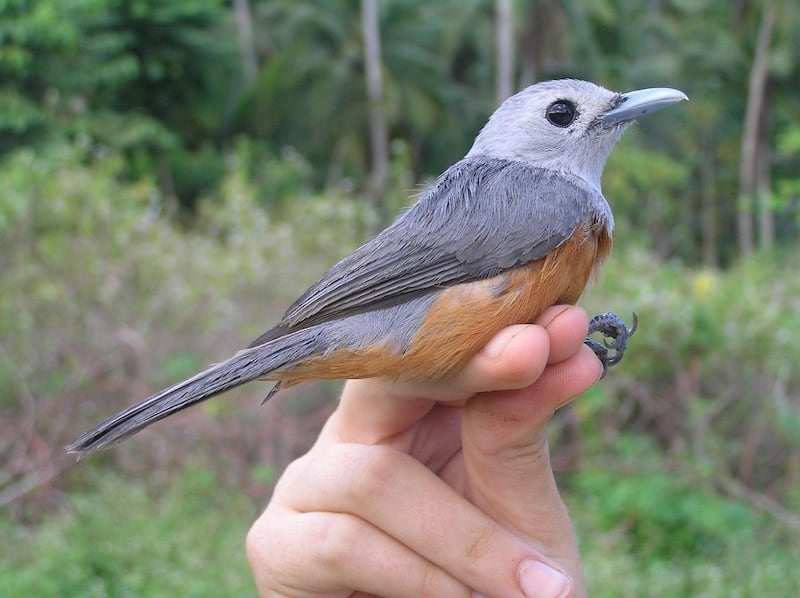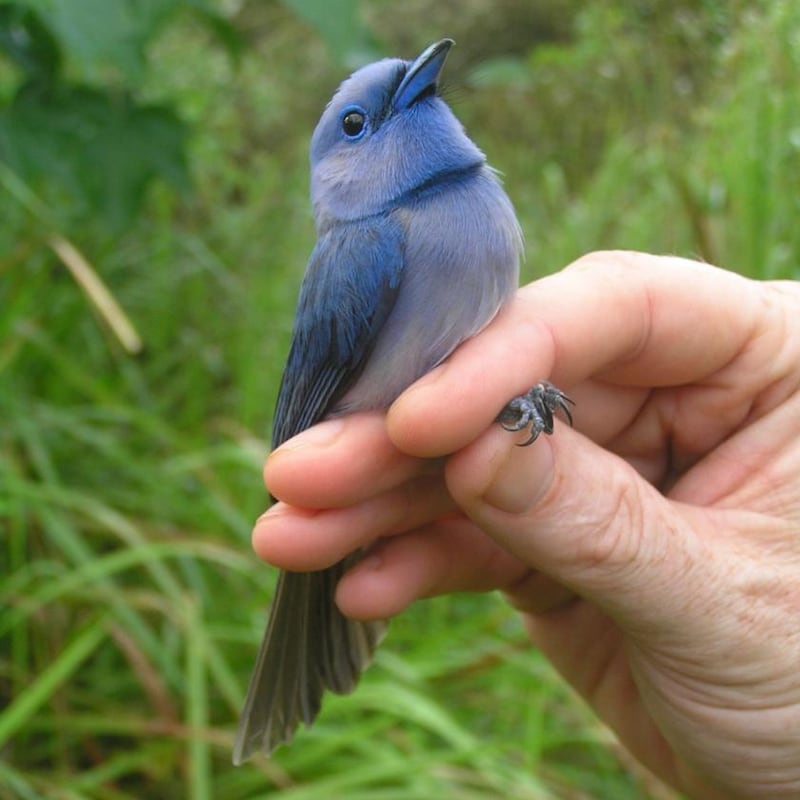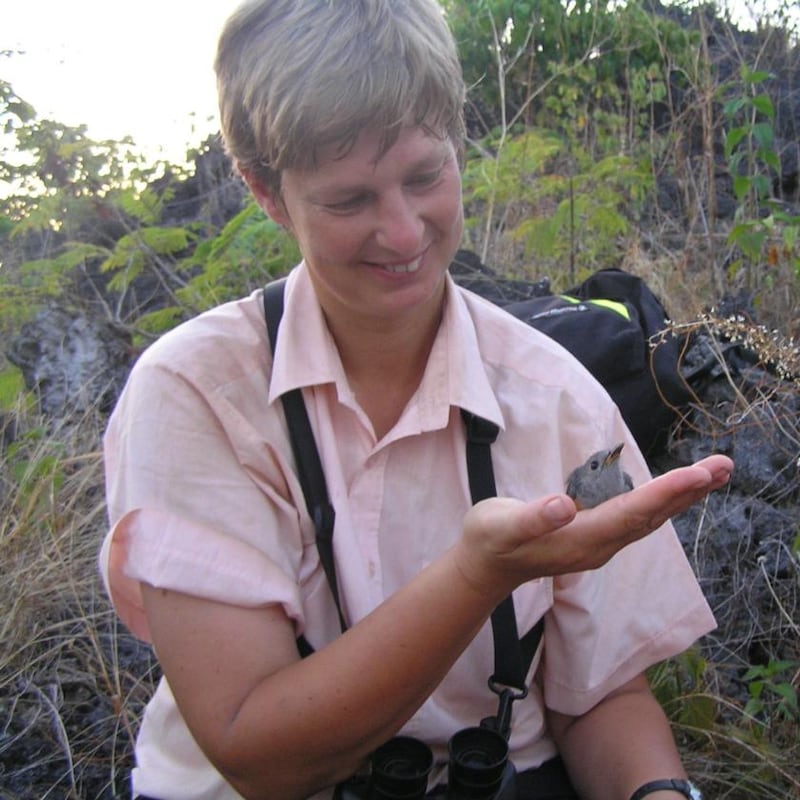Beautiful birds in Southeast Asia known as "supertramps" are providing unique insights into how evolution is linked to flight ability and competition.
New research testing long-held theories has confirmed the isolating effects of how islands impact the evolution of even the species most accomplished at colonising them.
The zoologists behind the latest study from Trinity College Dublin, sequenced DNA and took measurements from Island Monarchs, which are widespread and have been studied by evolutionary biologists for many decades. They compared these with a related bird species, the Pale-blue Monarch, which lives in the same region but has a different lifestyle.

Among surprising findings is the discovery that these birds settle down more readily than would be expected – once they have colonised an island they tend to stay there rather than searching for others.
“This study was a great opportunity to work with one of biogeography’s ‘star species’,” explained PhD researcher Fionn Ó Marcaigh who was first author on the paper.
The Island Monarch was studied by famous scientist and geographer Jared Diamond in the 1970s, when he saw they occurred on small volcanic islands near New Guinea across a wide range, but were entirely missing from larger islands. They were "generalists" and made their homes where they could and ate whatever was on hand.

He called species with this kind of distribution “supertramps”, hypothesising that they essentially evolved into specialist island colonisers in response to their small islands being so unstable.
“This hypothesis has been influential ever since, but now we’re able to test it using modern genetic methods and help to evolve it further,” Ó Marcaigh added.
“We found that even though the Island Monarch is clearly good enough at flying to reach these islands in the first place, it doesn’t maintain this dispersive lifestyle after colonisation. This causes the island populations to diverge from one another, to the point that the Island Monarch in our study region is probably a different species to the one Diamond worked with, even though they look the same to the eye.”
Their statistical analyses indicate this genetic divergence is linked to the size, elevation, and isolation of the islands, “but we found no evidence that the monarchs get physically worse at flying between islands. They just choose to stop doing so.”
It shows how important these island regions are in the evolution of new species. “Once a bird is living on these little islands so far from everywhere else it’s just a matter of time before they start to evolve into something new. It seems even supertramp species have to settle down eventually,” he noted.

It adds new knowledge to the study of the distribution of species through space and time, known as biogeography, which has been an important part of evolutionary biology since the very beginning as both Charles Darwin and Alfred Russel Wallace based their theories on it.
Separately, however, the work confirms there is still a lot unknown about these related bird species despite their historic importance to scientific theory.
The research, completed with the support of the Irish Research Council and collaborators in Universitas Halu Oleo in Indonesia, has been published in Frontiers of Biogeography.












